Advertisement
Beacons, QR Codes And 3-D Printing: Enter The Museum Of The 21st Century
Resume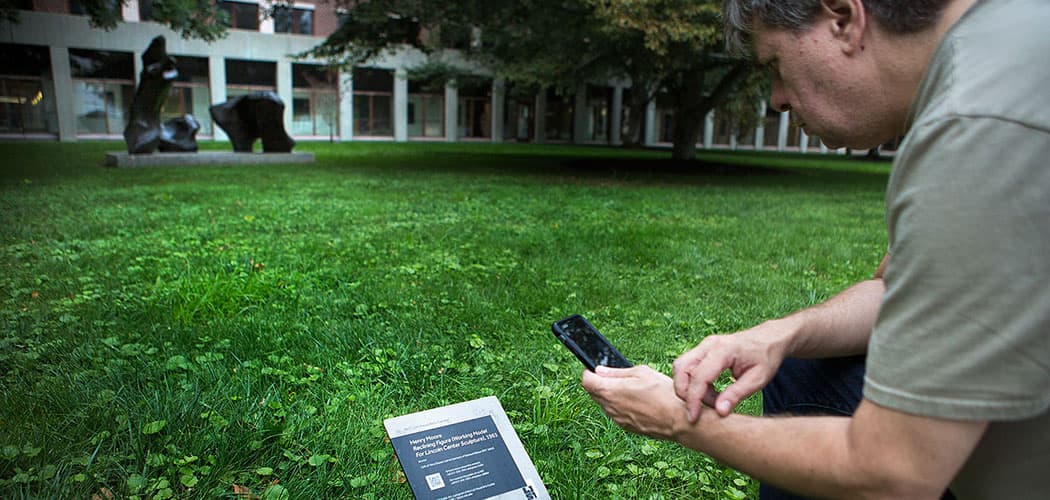
Let's begin this look at museums in the 21st century by beaming back... to 20th century Amsterdam.
In 1952, Stedelijk Museum curator and Director Willem Sandberg introduced the first portable gallery audio tour. It was a wireless, elegant device created to enhance the visitor experience with additional content — and it was revolutionary.
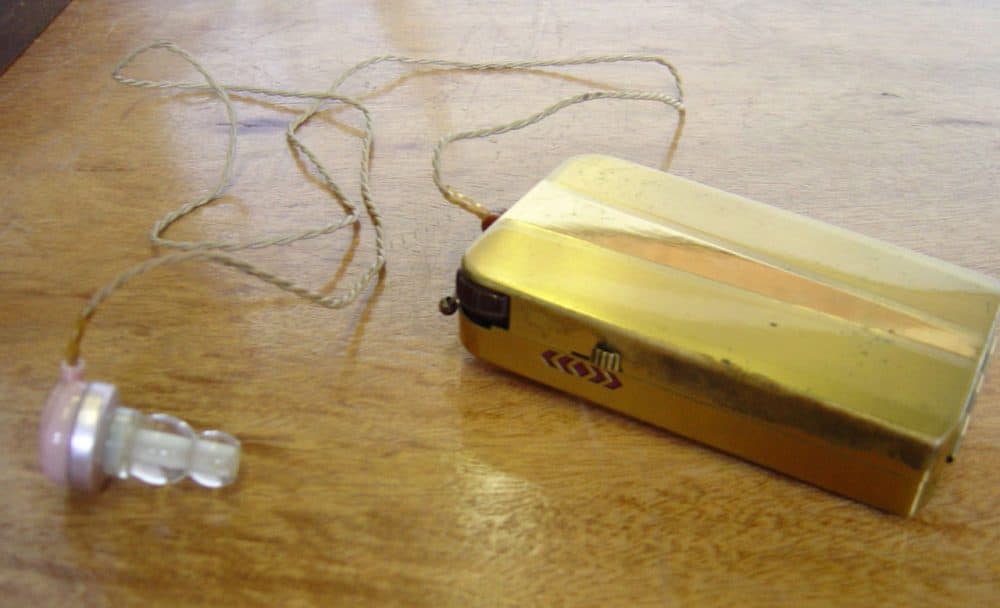
Fast forward to today, and new digital technologies are changing the museum world: mobile apps, QR codes, beacons, 3-D printers, tablets. They’re causing excitement and something of a ruckus.
Standing in a spacious gallery at the Massachusetts Museum of Contemporary Art in North Adams, founding Director Joseph Thompson showed me an iPad that was an integral part of a multimedia exhibition of works by Clifford Ross.
"Pick up tablet. Aim camera. Explore. Touch screen to begin," he read off, as he demonstrated the augmented reality app with a laugh.
Then he waxed nostalgic. "There was a time when art didn’t come with instructions attached."
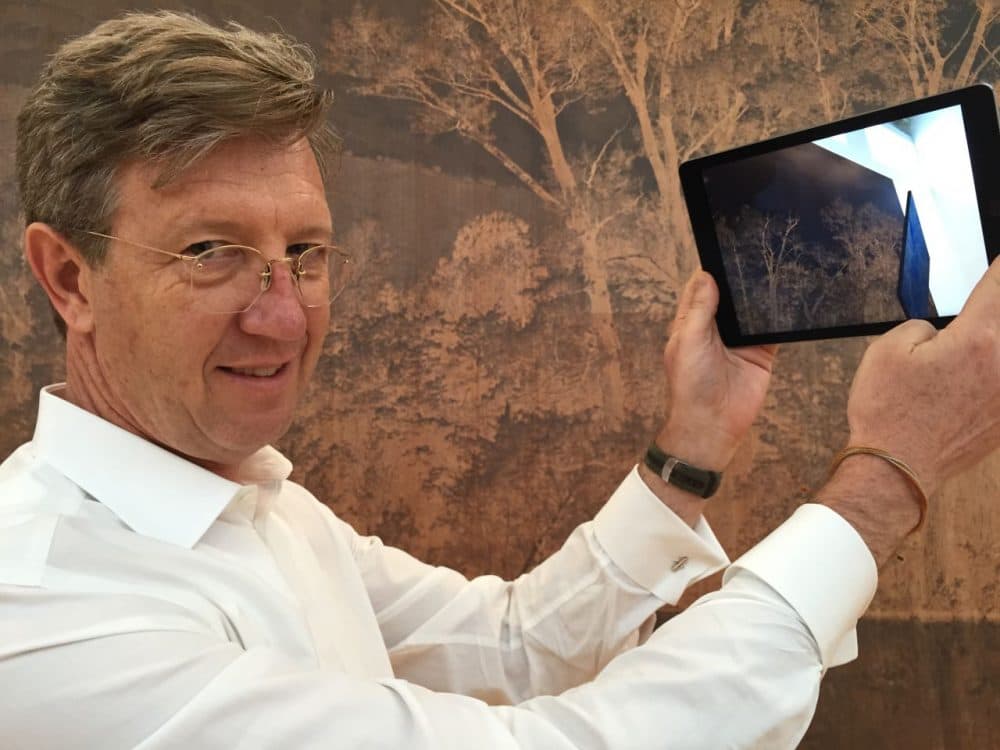
Thompson is nervous that technology like this could get between museum visitors and the art on display. For him, museums are in the business of putting real objects in front of real people.
"The rise of a paint surface on a canvas, or the feeling one gets when walking around a piece of sculpture, those are all the things you get when you're nose-to-nose, face-to-face, eye-to-eye with an actual thing," he said. "All of which can be diminished to some degree if people start gazing at a screen."
At the same time, Thompson accepts our new mobile-driven reality, and he's interested in its potential to collapse the distance between artists and patrons. But still, the longtime director admits he's wary of what he calls “flavor-of-the-month” museum technologies.
"My hunch is that the dark secret of museum apps is that not very many people use them all the time. They take a lot of money to develop well," he explained, then posed some questions: "To take a step and to download an app and learn how to use it? Ah, I don’t know. I mean, QR codes are easy to use, but does anybody use them?"
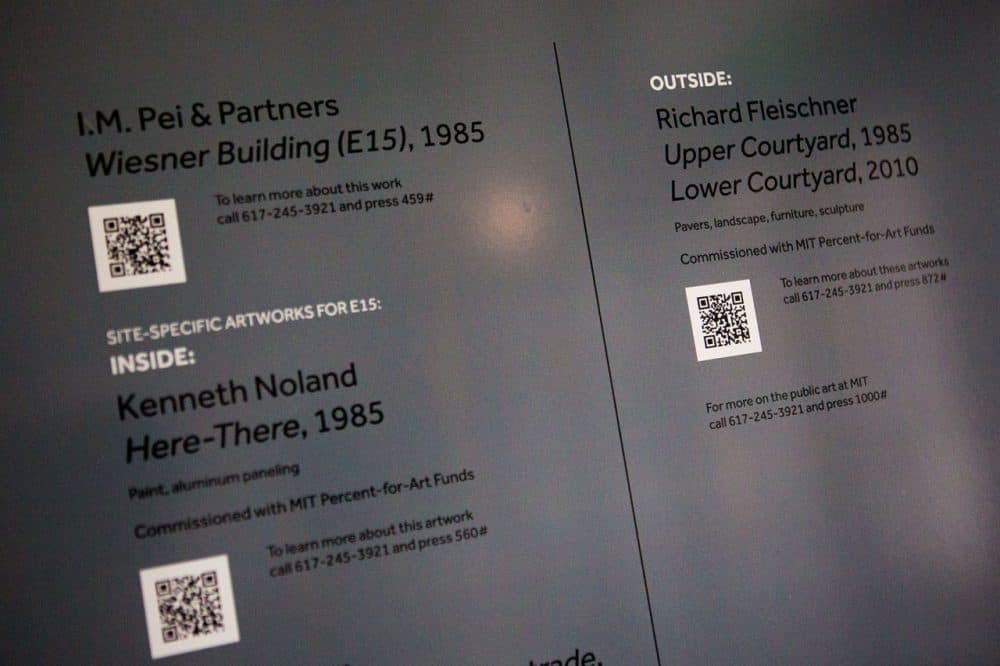
QR codes are those square bar codes we often see on product labels. And, to answer Thompson's question, Jennifer Schmitt, at the deCordova Sculpture Park and Museum in Lincoln, uses them a lot.
"We can now tell by the QR code usage which pieces people are curious about, which ones they’re confused about and that they just want to understand better," said Schmitt, who heads IT at the deCordova.
She said every piece of sculpture on the deCordova's lush grounds has a label with a QR code. (If you scan one with your phone it connects you to webpages with info about each object and the artist who made it.)
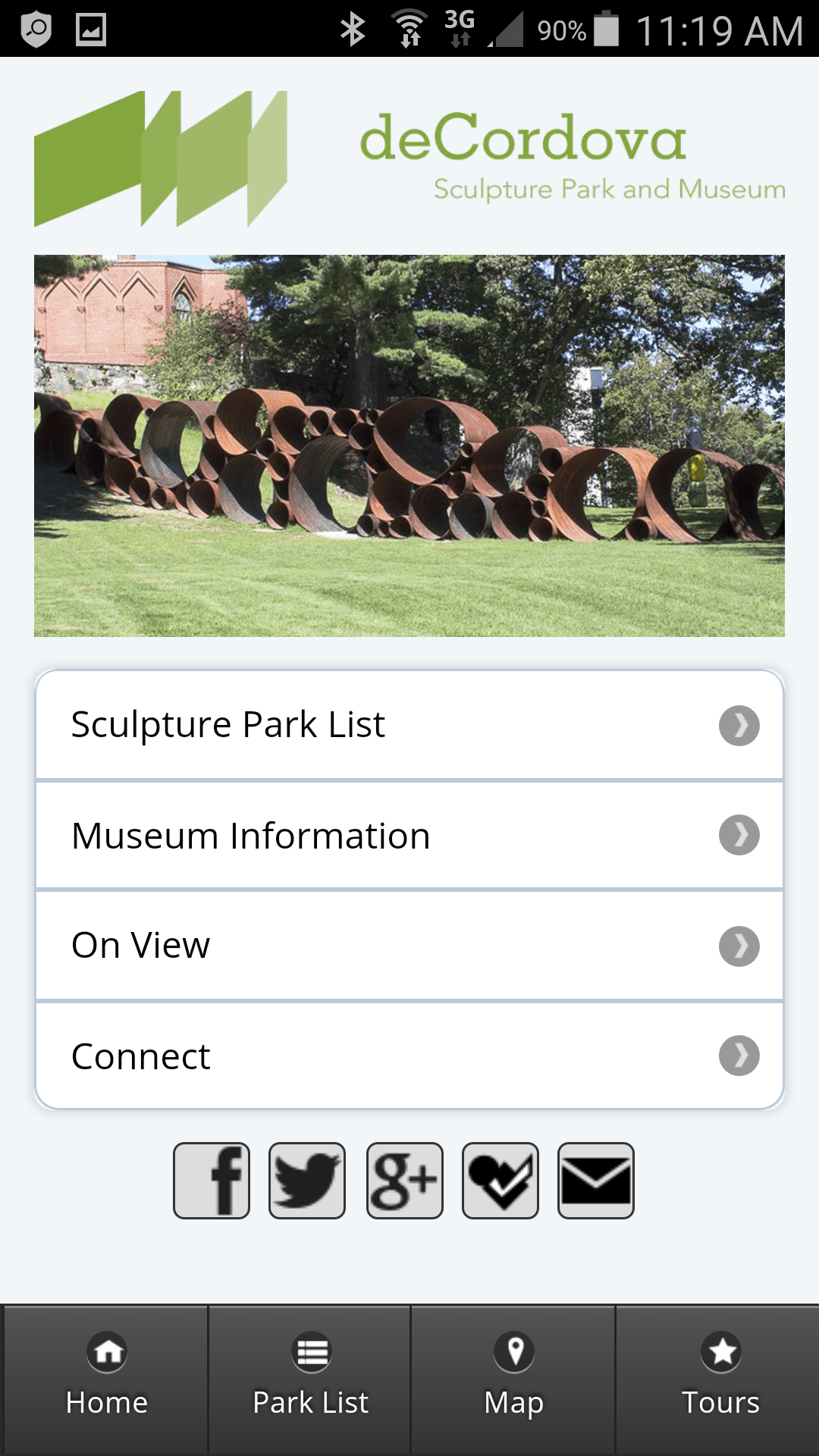
Like a lot of museum people, Schmitt is grappling with questions about visitor expectations now and in the future.
"There is a growing population who want more -- how do we reach them? Because I think that’s what’s going to keep us vibrant and moving forward," she said. "If we don’t do it, we look stuck."
That’s why museums are experimenting with a slew of technologies, including beacons -- small, space-aged-looking devices mounted on gallery walls that transmit details to your phone about the art you’re standing in front of.
"Many museums are using beacons right now," said Jim Olson, director of integrated media at the Peabody Essex Museum in Salem.
But that's not the case in his galleries. Olson is skeptical about how well a lot of new tech devices, like beacons, actually work.
"I really try to avoid fetishizing the technology," he said, and rather than leap at the modern wares marketed to museums, he's opting to wait for other institutions and industries to pilot them and massage out the kinks.
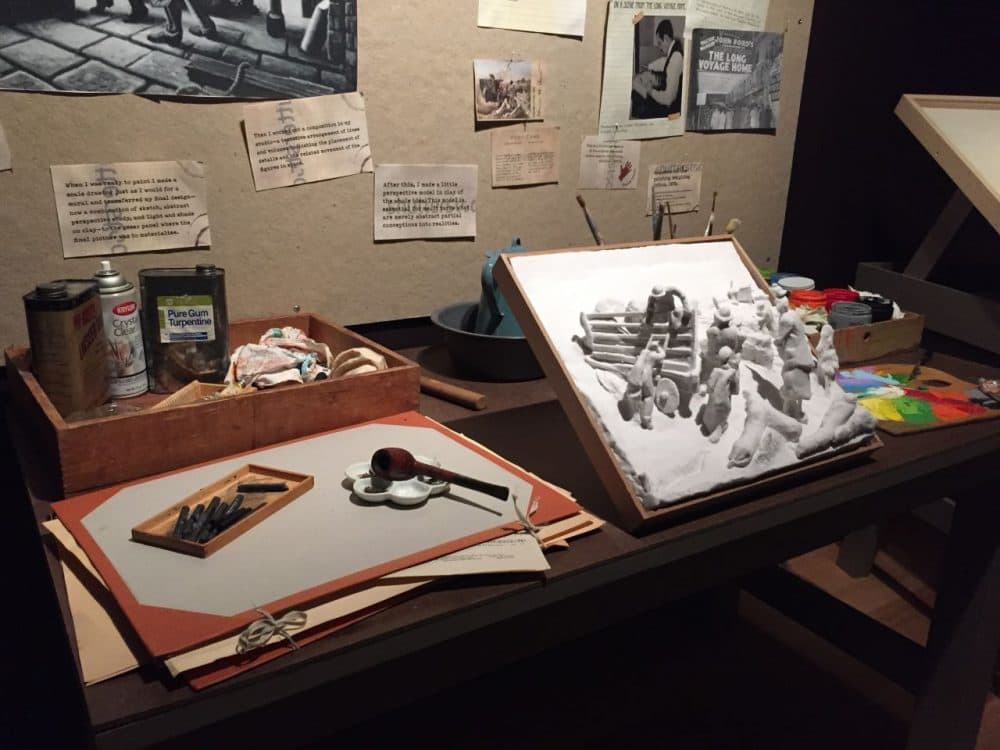
Instead, Olson looks for technology that can change the way visitors understand a work or deepen their comprehension of an artist's process. For instance, he’s a champion of 3-D printing.
While preparing an exhibition about muralist Thomas Hart Benton, the museum's curators couldn’t borrow a delicate clay model, so Olson’s team photographed and scanned images of the original, crunched the data and printed out a faithful replica using a 3-D printer.
"With this — because it’s a facsimile — you can actually touch it, and that changes the experience dramatically for visitors," he said. It's dramatic, because touching is usually a big no-no in art museums.
Another cheerleader for 3-D printing is Don Undeen. He's a bit of a digital crusader. Or maverick. When he led New York's Metropolitan Museum of Art’s MediaLab his goal was to encourage visitors to engage creatively with artworks, rather than consume them passively. Undeen strives to draw connections between art's past and the present.
"How can we use technology to re-imagine and engage with the art of the antiquities? How can we use contemporary technology to allow us to reuse ancient art in the creation of new works?" he mused.
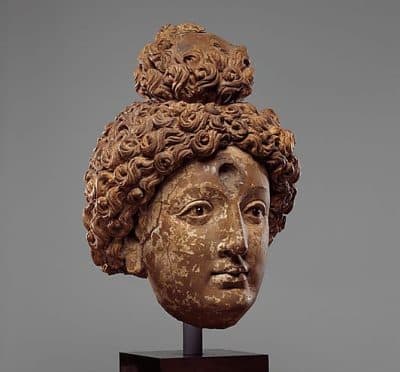
While at the Met, Undeen led an effort to make 3-D models of about 50 works from its collection available to the public through the website thingiverse.com. Now these digitized, ancient Buddha heads and sculptures can be downloaded and printed out, for free.
But Undeen says not everyone in the museum world embraces ideas like this. To illustrate the tension, he devised a goofy skit for a museum technology conference. In his performance — captured on video (and viewable below starting at timestamp 20:45) — he pitted an art hacker against a museum authority.
On stage, Undeen approaches the podium carrying a satchel. He wears a pretentious-looking cap, places a pipe in his mouth and holds spectacles up to his eyes before greeting his audience of peers with, "Hello, peasants."
Then his character — which could be a stuffy museum curator, donor, director or all of the above -- delivers his directives.
“As you walk through our galleries I want you to understand that they’re arranged in the only correct and appropriate way for our art to be displayed. If you don’t like it — well — start your own museum!" Undeen's creation says, laughing and snorting haughtily.
Then the technology guy pulls out a rudimentary face mask and adopts a seditious, evil laugh.
"Ha ha ha! Hey, not so fast! It’s me, art hacker! And I’ve come to wrest curatorial authority from your evil clutches, Museum Dude. Ha ha, ha ha, hee hee, ho ho!"
Next, a “Digital Humanities Unicorn” — which is actually just a cute little stuffed animal -- appears to save the day.
"Hey, guys, let’s not fight," it says. "I’m Digital Humanities Unicorn."
Digital humanities is a broadly defined field of research in which media and technology come together to advance the study of art and culture. Undeen says he staged his performance in part because he's a natural ham, but his more serious goal was to bridge the rift between art and technology. He believes the digital humanities are at the core of the 21st century museum, and he joked with me about the cliché that a museum is a place where ideas go to die.
"‘My mom’s house is like a museum,' where you can’t touch anything," Undeen said, adding with a laugh, "I think that’s obviously completely a slander against museums, but I really want to see how museums continue to make sure they’re essential to that conversation."
Conversation about these issues is always animated at a meetup group called "Drinking About Museums." On a summer evening in a Cambridge bar, museum professionals from the Boston area and beyond chatted about their challenges over pints of beer.
Liz Neely, president of the Museum Computer Network, was there visiting from Arizona. She said while her organization has been focusing on museum tech for 50 years, today’s challenges are decidedly more complex. For one, she said, "Keeping up with the pace of what is expected so that when someone walks in they don’t get a sense that they are in the past century, but we don’t want to turn it into Disneyland. So it’s actually pretty complicated."
That complex, sometimes delicate dance doesn’t dissuade 27-year-old Boston-based developer and entrepreneur Brendan Ciecko. This month, he launched a new digital app platform called Cuseum.
Thirty-eight museums are piloting it, including MASS MoCA, where its skeptical director Joseph Thompson mused earlier: "My hunch is that the dark secret of museum apps is that not very many people use them all the time." Well now he'll have a new way to gauge that for himself.
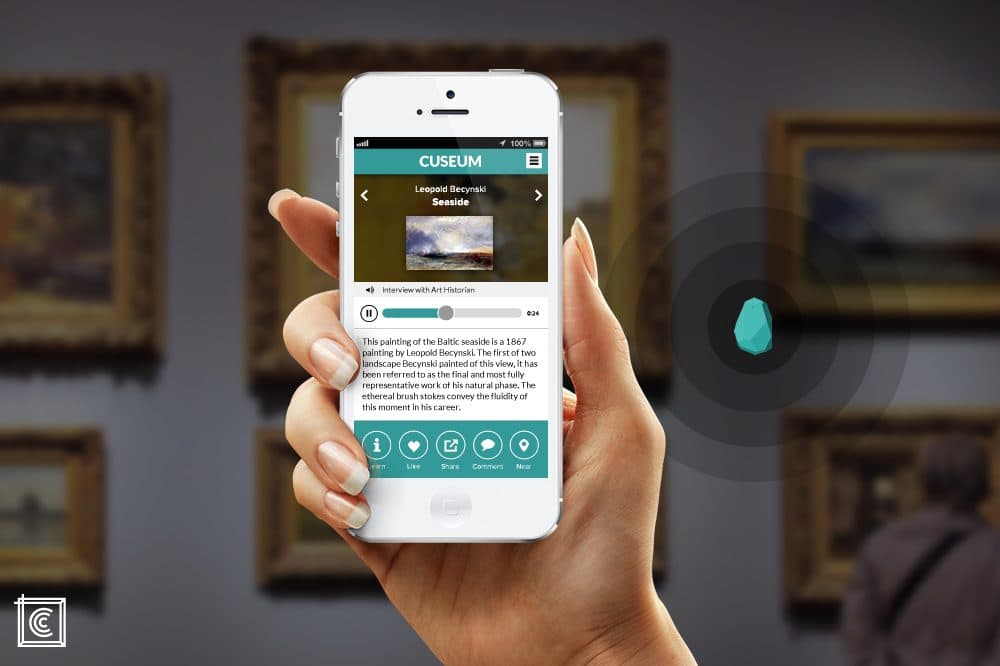
Brendan Ciecko’s app platform relies on beacons, and according to him functions like a “digital docent” to help deliver images, text, videos and old-school-style curator-led audio tours.
Ciecko predicts the museum of the 21st century will be more open and transparent. It will not rely on labels. Instead personalized feeds will be provided to visitors in multiple languages.
Then he got even more sci-fi. "It might be by way of wearables, it might be by way of biometric interactions, where, based on your emotional response to something that you’re looking at, certain things will be delivered in variable ways," Ciecko predicted.
Just imagine getting recommendations for a work by Matisse or Miro based on your heart rate, mood or paintings you’ve given a thumbs up to in the past?
Ciecko is excited about the prospect because he believes museums are not — and never should be — one-size-fits-all. And it seems he is in alignment with the Digital Humanities Unicorn, who at the conference proclaimed: "Museums should be relevant and fun for everyone!"
It seems everyone in the 21st century museum world wants that, they just have different ideas about how we can get there.
